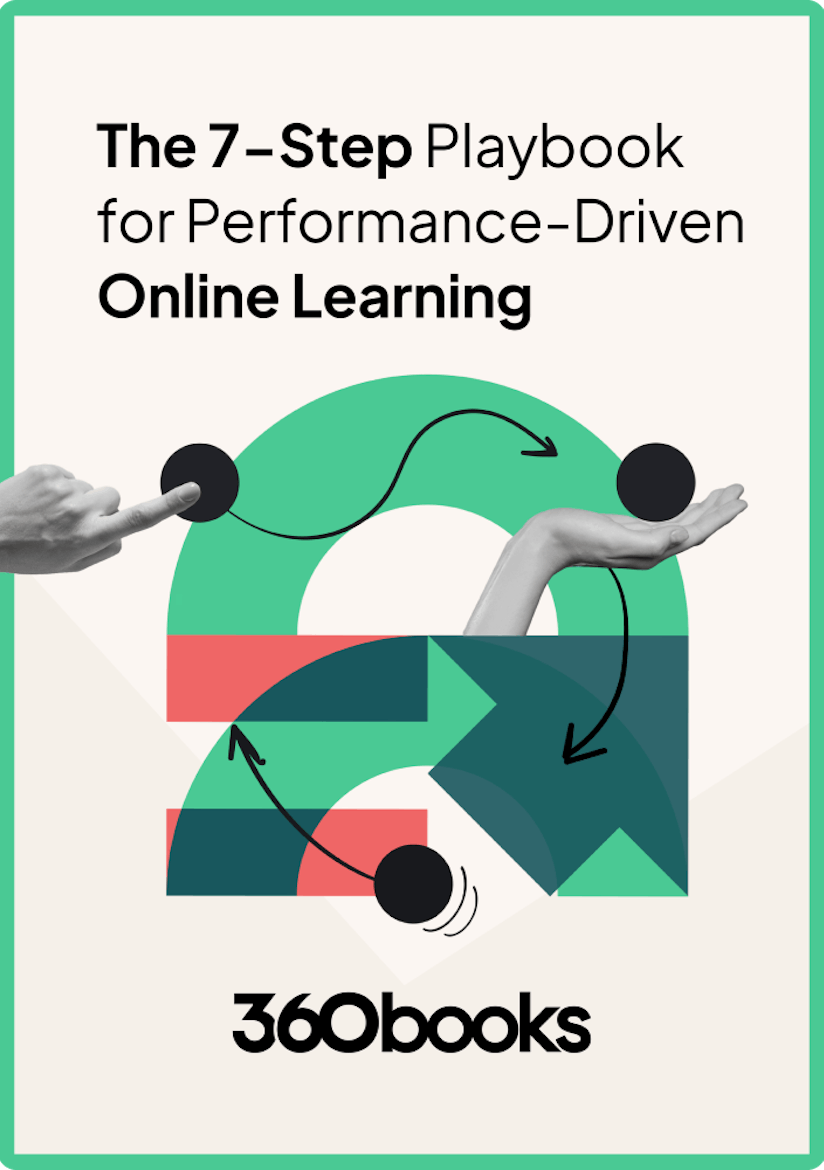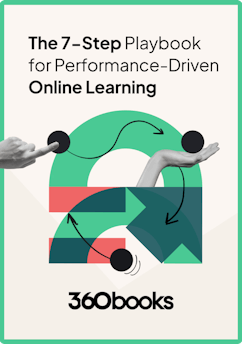Chapter 4: What it Takes to Prove L&D Impact in Practice
For L&D leaders reading this report who want to act on these findings, how to proceed? First things first: you need to fall in love with the problem.
Fall in love with the problem
We’ve outlined how impactful online training has become, and how crucial a collaborative learning approach is to scaling it. Now is the time to think about how to proceed in practice. While L&D leaders must find a way to better understand the key steps to matching employees' training requests to business performance expectations, they’ll also need to prove it does have an impact on the bottom line.
The first step in doing so is to deeply understand the business problems that keep your stakeholders up at night – in other words, falling in love with the problem.
There exist a myriad of effective models L&D professionals can rely on to reorient themselves towards this more performance-driven approach: Performance Consulting, Rapid Task Analysis (Gottfredson & Mosher), Six Boxes (Carl Binder), 5Di (Nick Shackleton-Jones), to name a few. Explore your options and find the one that fits your situation.
Secondly, you need to understand the critical skills gaps that exist at your organization – more often than not, the root cause of the issue you’re trying to solve for. The traditional, manual approach to skills mapping is far too time-consuming to be effective. AI-powered tools can complete in minutes what used to take countless hours (and untold aggravation). Tools like SkillsGPT can build your skills library in a fraction of the time, providing the first step towards identifying (and then closing) the skills gaps most important to your stakeholders.
"A program like SkillsGPT is a game changer in the development cycle of skills-based learning because it significantly reduces the initial complexity of what you are trying to build." Brandon Caldwell, Director of People and Culture at 365 Retail Markets
Whichever approach you choose, if there’s one thing we’ve uncovered about the quality of online learning, it’s that it’s most effective when based on peer-driven subject-matter expertise. And for this, you need to identify your experts.
Identify and engage SMEs to close skills gaps
Once you know the true problem you need to solve for, you’ll be able to come at it with a more direct and focused approach. And, as we’ve seen above, local subject-matter expertise is highly likely to be required.
The good news is that our survey respondents indicated that they value being perceived as experts, and agree they have useful knowledge to share. The trick, as an L&D professional, is to capture truly relevant SME knowledge, with as little disruption as possible to that person’s day-to-day work and the results they are accountable for.
The trick, as an L&D professional, is to capture truly relevant SME knowledge, with as little disruption as possible.
Provided you’re addressing real business problems with your request (since you’ve used a performance-driven approach described above), you can rest assured that you’re capturing SME knowledge that is ‘relevant’. This is already a huge hurdle to overcome, and will allow you to bypass many of the pitfalls L&D teams encounter when they first attempt to collaborate with in-house experts.
One common misstep? Approaching an SME by saying, “Can you tell me everything you know about XYZ topic?” Instead, pique their interest with the very business problem you’re trying to solve (backed up by data). Help them see the role they could play in the larger equation, and explain what critical issue you’d like their support to overcome. Framing your request that way is more likely to have SMEs responding with “How can I help?” instead of “I’m sorry, I don’t have the time.”
L&D teams can then act as the bridge between the teams experiencing the business problem and the SMEs themselves. Dig into the issues to understand the situations, challenges, and questions that need to be tackled to make progress. Reframe these for your SME to see how their know-how can fit in. Define clear time-frames and commitments for SME input, and provide feedback on the content they create to keep on track.
Crucially, as with skills mapping, the key to doing all this as quickly and efficiently as possible at scale is artificial intelligence.
Crucially, as with skills mapping, the key to doing all this as quickly and efficiently as possible at scale is artificial intelligence.
Lean on AI to scale
When it comes to capturing SME knowledge at scale, AI is indispensable. With AI as your sidekick, you can reassure your subject-matter expert that they won’t be roped into weeks of planning, writing, and editing – and they certainly won’t have to give in-person lectures or travel for training sessions.
With AI as your sidekick, you can reassure your subject-matter expert that they won’t be roped into weeks of planning, writing, and editing.
Instead, with the support of AI-powered authoring tools, L&D teams can do a large part of the heavy lifting themselves. One option is for the L&D team to create a ‘shell’ course with very little input from the SME – even, in some cases, based on existing documents or even a course title prompt.
The in-house expert would then come in to add context, nuance, and a final validation on a largely AI-generated course. This approach greatly reduces the time commitment on behalf of the SME, and makes it much more likely you can build a repeatable process you can use to scale effective online learning.
The most advanced AI-powered tools will have prompt management integrated into the system. This means L&D teams can configure their tool to adhere to company culture, pedagogy, and compliance requirements that all AI-generated courses must adhere to before they’re even created, again saving time in the editing phase.
Wrapping up: living up to our promise
We set out to assess the state of online learning in 2024. What, then, did we find?
The state of online learning is: Promising.
The L&D profession has worked wonders with learners’ perception of online learning. We used to worry about lack of engagement – but employees largely tell us they find workplace online learning to be effective.
But with a skills crisis looming, the end user’s appreciation is only half of the equation. The other half is whether this online learning is closing the skills gaps holding back business performance. Viewed from this lens, there’s work still to be done.
Learning and Development teams have a huge opportunity to capitalize on the workforce’s openness to online learning – especially when it’s peer-driven and modeled on a collaborative learning approach.
Now, the only thing standing in our way is our own self-perception.
If we can see ourselves as “business problem solvers,” instead of “learning providers”, we’ve got all the puzzle pieces at hand. All that’s left to do is put them together.
If we can see ourselves as “business problem solvers,” instead of “learning providers”, we’ve got all the puzzle pieces at hand. All that’s left to do is put them together.

Is your online learning boring? Not anymore.
By providing your contact info, you agree to receive communications from 360Learning. You can opt-out at any time. For details, refer to our Privacy Policy.


